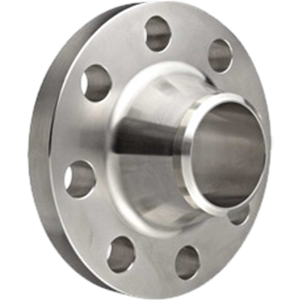
A weld neck flange (also known as a high-hub flange and tapered hub flange) is a type of flange. There are two designs. The regular type is used with pipes. The long type is unsuitable for pipes and is used in process plants.
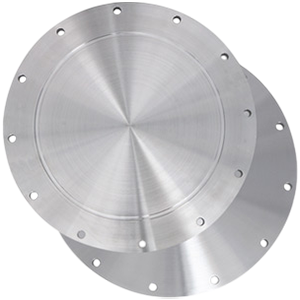
A blind flange is a solid flange as shown in above Picture. The purpose of these is to block off a section of pipe or a nozzle on a vessel that is not used. (A nozzle is typically a pipe coming out of a vessel and is usually flanged so it can be connected to valves or piping).
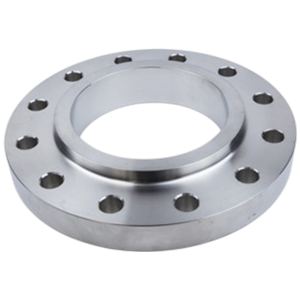
Slip-on flanges are designed to slide over the pipe and are welded on both the inner and outer sides for a secure, leak-resistant connection. Their simple design makes them easy to install and align, making them a preferred choice for low to moderate pressure piping systems. Commonly used in oil & gas, power, and industrial plants, slip-on flanges are valued for their cost-efficiency, compact structure, and reliable performance in both fluid and gas handling applications.
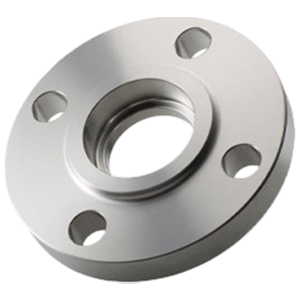
Socket weld flange are typically used on smaller sizes of high-pressure pipes. These socket-weld pipe flanges are attached by inserting the pipe into the socket end and applying fillet weld around the top. This allows for a smooth bore and better flow of the fluid or gas inside of the pipe.
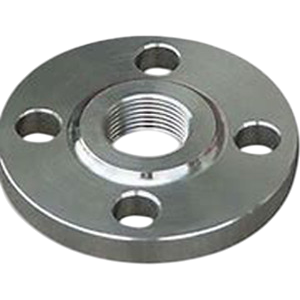
Screwed flange are also known as a threaded flanges, and it is having a thread inside the flange bore which fits on the pipe with matching male thread on the pipe. Threaded Flanges are mostly used in utility services such as air and water.
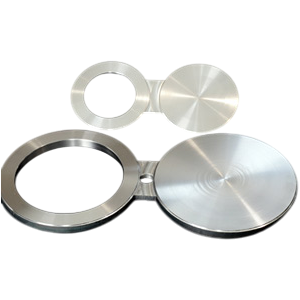
Spectacle and line blind flange are similar to a blind flange but different because they fit between two flanges. Spectacle blind gets their name from similarity to pair or eye glasses. Once side of Spectacle Blind Flange is fully closed for complete flow shuts off, whereas the other end is open for full flow.
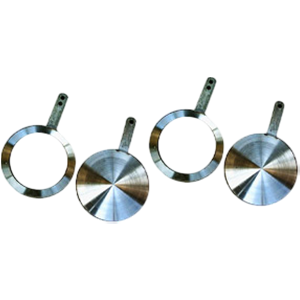
Spade and Ring Spacer Flange are basically the same as Spectacle Blinds, except that they both are not attached to each other. Spades and Spacers be used in systems where the maintenance is not often necessary, or it is also used in applications with large pipe sizes.
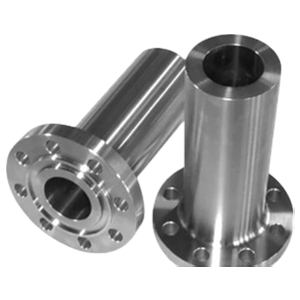
Long Neck Welding flange (LWN) are similar to a standard Welding Neck flange, but the “Neck” is considerably longer. These Long Weld Neck Flange is often used as a nozzle for a barrel or column. In addition, there are the type LWN Heavy Barrel (HB) and the Equal LWN Barrel (E); they have a different shape and a thicker “Wall”. The Length of the neck of Long Weldneck Flanges can be as per standard or Customer Requirement.
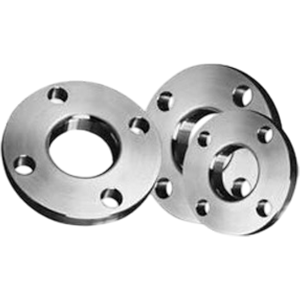
Lap joint flanges are used in conjunction with stub ends and are ideal for piping systems where frequent dismantling or inspection is required. Unlike other flanges, the lap joint flange is not welded to the pipe but rotates freely around the stub end, making alignment easier and reducing bolt hole misalignment during installation. Lap joint flanges are widely used in chemical, petrochemical, and water treatment industries where ease of maintenance is essential.
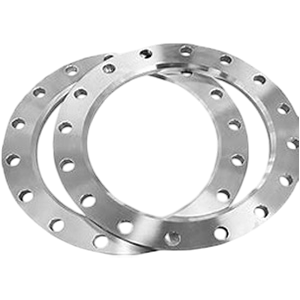
A ring flange is a specialized pipe-joining flange that makes use of a compressible ring to ensure a secure seal. The ring may be made of a variety of materials, including various grades of rubber, fibre packing’s, and metals. When tensioned, the ring is located in a shallow groove cut into the face of flange plates.
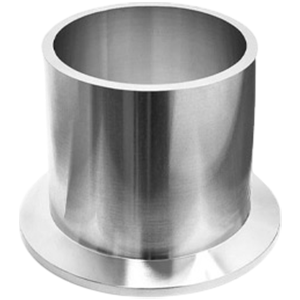
A ring flange fits loosely around the stub end, permitting easy flange alignment of the bolt holes. A lap joint flange is also called Van Stone or Stub Flange. The stub ends are available in three styles (Types A, B, and C) and two lengths (Short and Long).
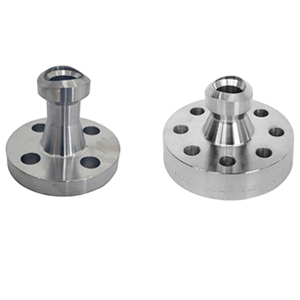
A Weldolet is a type of branch connection fitting used to create a 90° branch from a pipe. Designed for high-pressure applications, it provides a smooth transition and reinforcement between the main pipe (header) and the branch pipe. Weldolets are welded onto the outlet and are preferred over traditional fittings due to their strength and minimized stress concentration. When integrated with flanges, they form a Weldolet Flange, ensuring easy installation, maintenance, and connection to other flanged systems maintenance, and connection to other flanged systems.
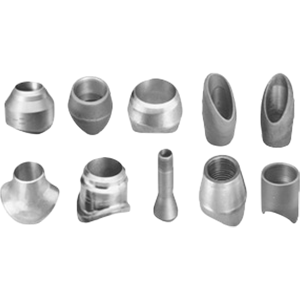
A Sockolet is similar to a Weldolet, with the difference that the branch pipe is connected to the run pipe, via the fitting, with a socket weld connection as per ASME B16.11. Likewise Weldolets, Sockolets are used to make a 90-degree pipe branch. Sockolets may be “size on size” or “reducing”.
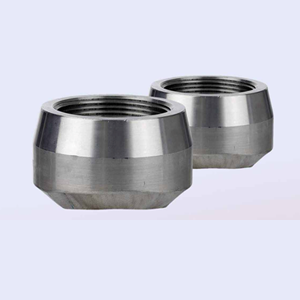
A threadolet is a self-reinforced branch fitting used to connect a smaller, threaded pipe to a larger run pipe at a 90° angle. Welded onto the main pipe, it provides a female threaded outlet (typically NPT) for pipes up to 2 inches. Threadolets are widely used in low-pressure applications such as drains, vents, and instrumentation,